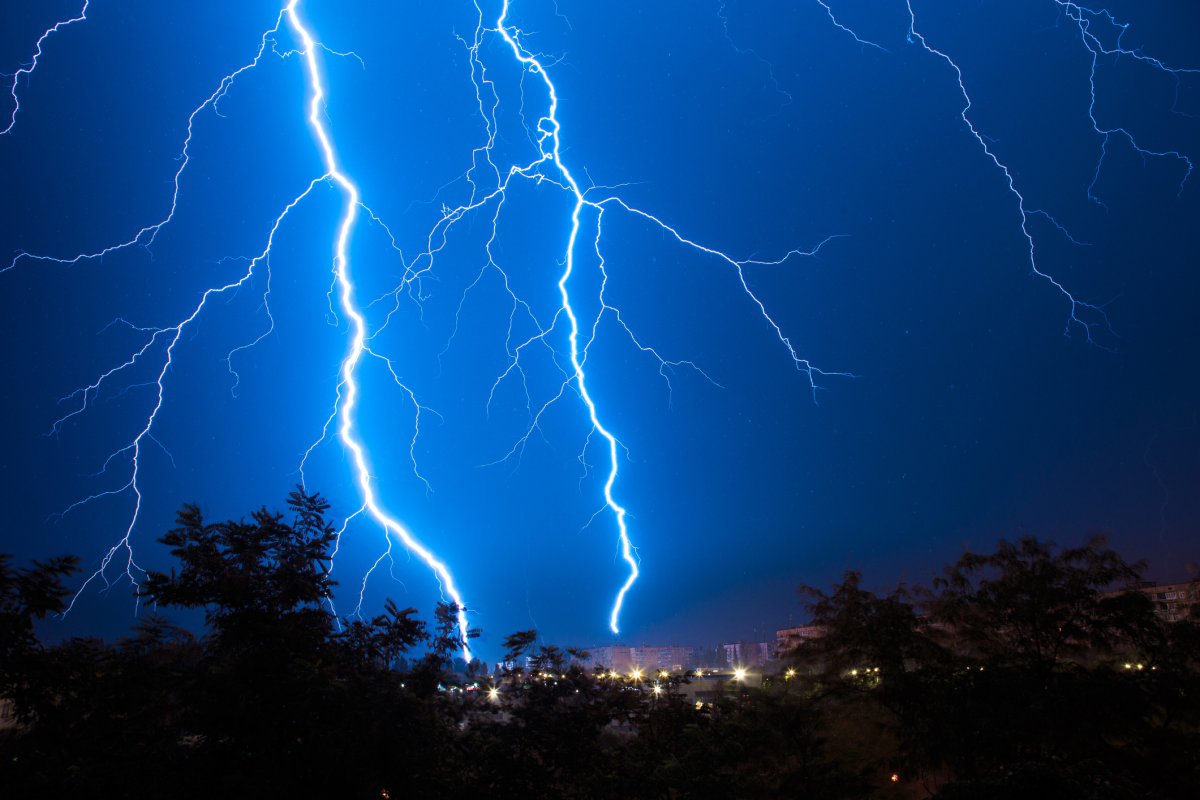Most people are familiar with the common severe-weather catchphrase: When thunder roars, go indoors!

In Canada, we’re currently in the throes of an unusually active thunderstorm season and the Canada Safety Council (CSC) estimates that lightning flashes occur once every three seconds during the dog days of summer.
And while lightning strikes that make contact with humans are pretty rare, and a lot of the wisdom around them might come off as old-fashioned or the stuff of folklore, a thunderstorm is not a time to take risks or mess around with fate.
Thunderstorms can be a bit deceitful in terms of distance. The CSC warns that lightning can strike several kilometres from its source.
In other words, the window of danger for lightning storms is longer than most people expect, and just because the lightning sounds far-off doesn’t mean you’re out of harm’s way — in fact, if you can hear thunder, you are within striking distance of lightning.
Here are some of the surprising risks thunderstorms present, as well as a few of the ways you can keep safe when lightning is in the forecast.
Go inside, but…
The conventional and most prevalent advice for thunderstorms remains true: if a thunderstorm appears to be imminent, move indoors right away.
That said, all inside activities are not created equal and people should avoid certain pastimes until at least 30 minutes after the storm has moved on.
The Center for Disease Control (CDC) estimates that about one-third of all injuries from lightning strikes happen to people who are inside.
The CSC says baths and showers should be avoided, as lightning can strike plumbing systems and pipes and water can act as strong conductors of electricity. But people should even go so far as to avoid washing their hands during a storm, doing laundry, or even running water for chores or cooking.
(Yes, that’s right, you’re being given permission to do nothing during a lightning storm.)

According to Environment Canada, even if lightning were to strike a nearby house, the electrical charge could travel through the pipes and harm you.
Get away from the windows
While inside is the best bet for safely riding out a thunderstorm, the more walls you can put between you and the outdoors, the better.
While it may be tempting to watch the storm, people should avoid standing in front of windows, as flying debris can shatter glass and thunder can produce shockwaves strong enough to break glass. You should also avoid doors and fireplaces. Your best bet is staying as far away from the exterior of the home as possible, either in an interior room or a basement.

The CDC recommends thinking twice before resting on or against a concrete wall or floor during a thunderstorm, as lightning can travel through wires or bars in the concrete.
You’ll also be safest if you avoid using a landline telephone or touching plugged-in devices and appliances, advises the Government of Canada website. To be extra safe, it’s recommended that you unplug electrical appliances, including computers, radios and TVs.
“The electrical current from the lightning strike will travel through wires and cords using the path of least resistance. Electrical current will follow metal pipes and wires until it reaches the ground (or you, if you are connected through them),” the website reads.
Become as small as you can
If you do happen to be caught outside during a storm, and can’t make it into an enclosed vehicle or shelter, the most important piece of advice is to not lie down on the ground. Spreading out your body only gives more surface area for a potential lightning strike and electrical currents can travel along the top of the ground.
If you are in an open field, make sure to crouch down as low as you can and keep your hands on your knees while maintaining minimal contact with the ground. Also, get as far away from any metal structures, like fences or flagpoles, as possible.
Your car is safe, your bike is not
And while the CSC recommends that motorists stay inside their cars with the doors and windows shut until the storm passes, the same is not true for those riding bikes, motorcycles, ATVs or golf carts.
The rubber tires on these vehicles will not protect you, they warn, and the metal frames are risky.
The same goes for high elevation, as lightning will make contact with the highest possible point. If you find yourself on top of a hill, mountain or cliff, immediately try to get off the elevated area.
Whatever you do, don’t take shelter under a tree, especially a solitary tree.
According to the CDC, seeking shelter under a tree during a lightning storm is the second-leading cause of lightning deaths, following closely behind deaths that occur on or around water. If you are desperate for shelter in the forest, find a grouping of lower trees and ride out the storm there.
Other scenarios
If you happen to be out on a boat without a cabin during a thunderstorm, and can’t return to shore, you should drop the anchor and try to make yourself as small as possible by crouching down with your hands on your knees.
As well, if you happen to be outside with a large group of people and can’t take shelter, it’s best to spread out from one another. This way, the number of injuries will be reduced if lightning touches the ground.







Comments